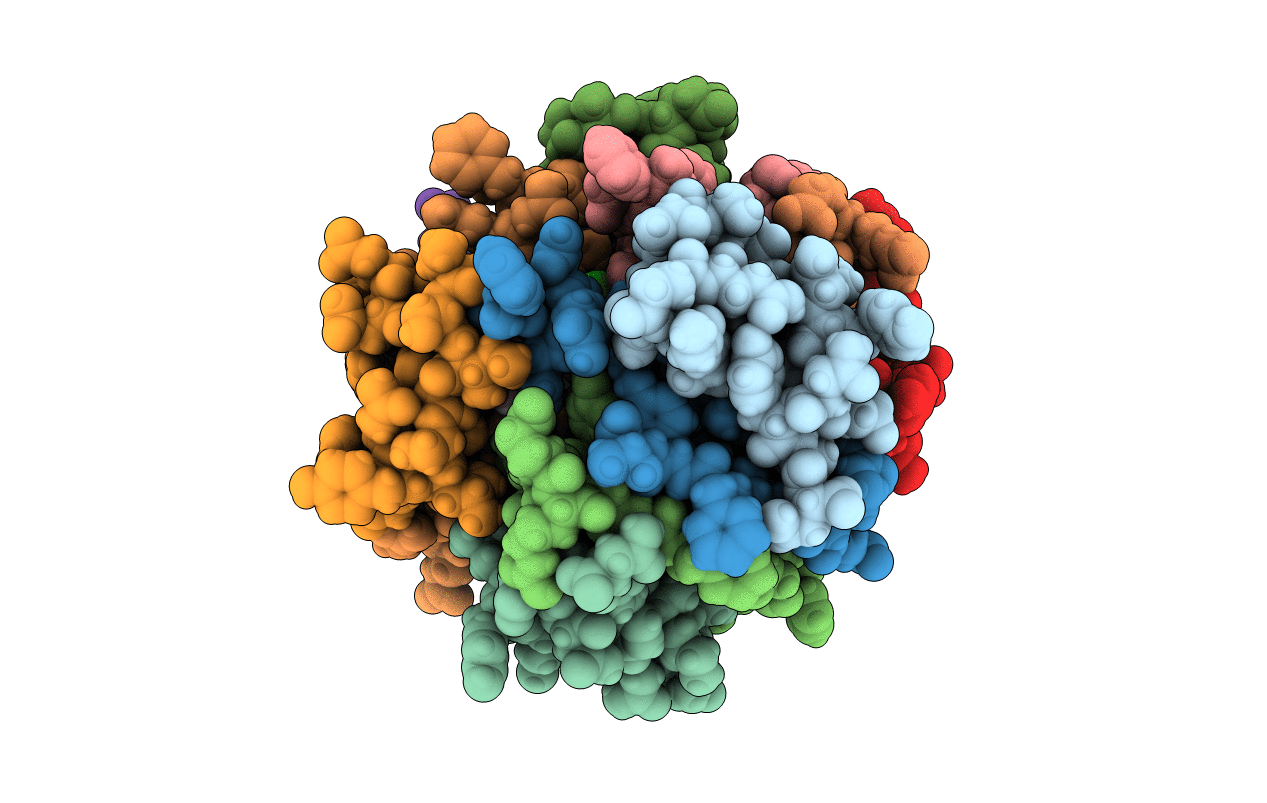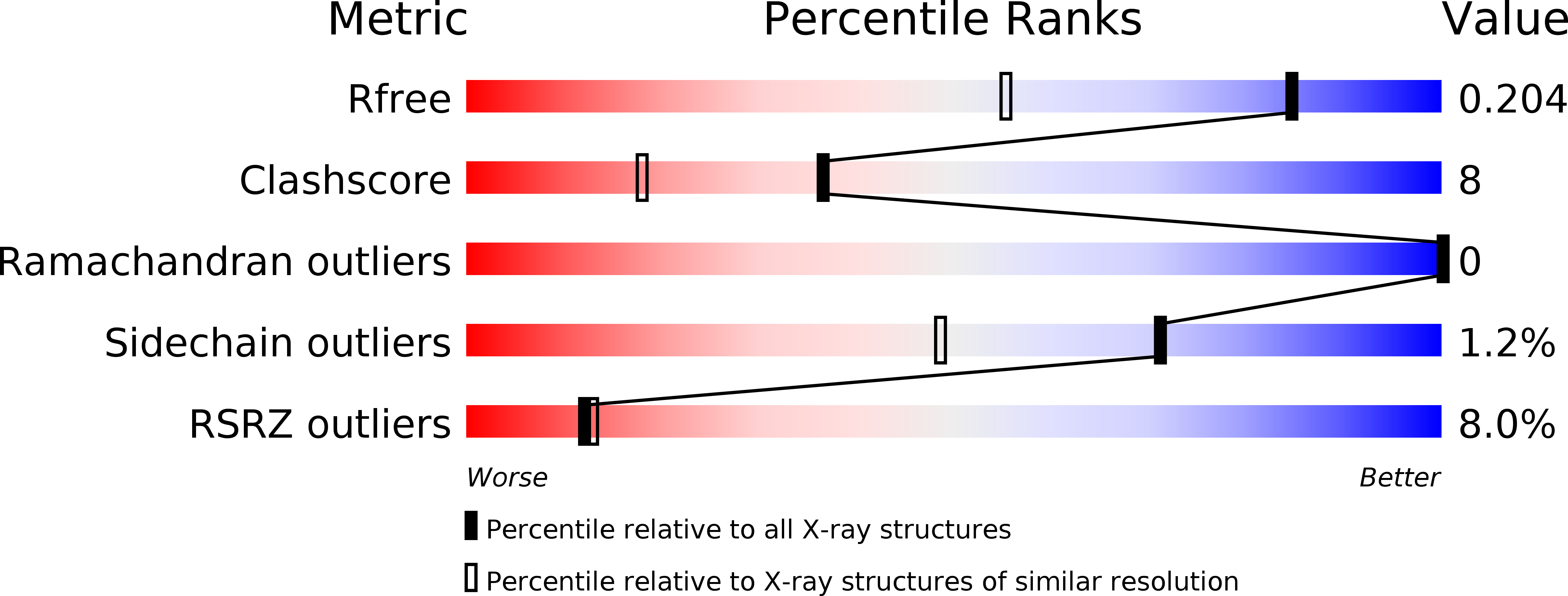
Deposition Date
2014-03-21
Release Date
2014-10-22
Last Version Date
2023-09-27
Entry Detail
PDB ID:
4P65
Keywords:
Title:
Crystal structure of an cyclohexylalanine substituted insulin analog.
Biological Source:
Source Organism:
Homo sapiens (Taxon ID: 9606)
Method Details:
Experimental Method:
Resolution:
1.50 Å
R-Value Free:
0.20
R-Value Work:
0.15
R-Value Observed:
0.16
Space Group:
P 1 21 1


